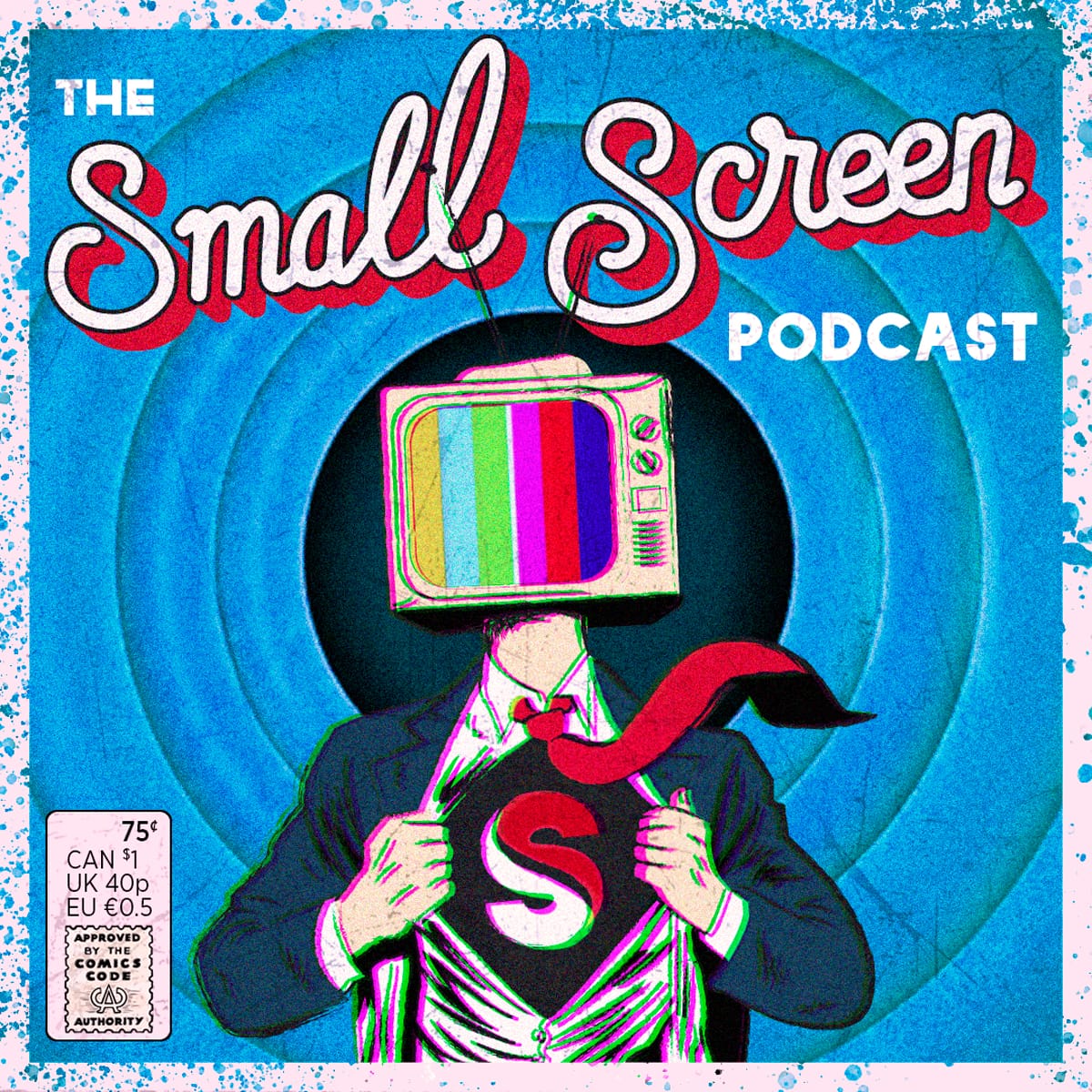There seems to be no stopping the gaming machine. 2021 is estimated to see the revenue for global gaming reach around $180.1 billion, with the year-on-year growth being around 10% from 2016 to 2017 and 2017 to 2018, a figure also expected to continue rising. This revenue comes from several avenues: firstly, players pay outright for the game, usually on consoles. The second way is through ads for mobile games that are free to play and the third way – one that is growing – asks players to pay through microtransactions to help them through the game. But will all games eventually feature microtransactions?
One of the main pulls of microtransactions are that players don’t spend much, or anything, up front. So, there is a low barrier to entry and players can decide if they ever want to buy the extra skins, additional lives, or special limited edition events. Microtransactions in gaming aren’t new. The online casino industry largely operates using this format as players choose how much they want to deposit when they play at any one time. The gaming industry may be borrowing an element from the online casino industry, however – the ability in the industry to test out games before players spend much money on them.
For instance, many online casino sites implement a no deposit bonus, which means that players can test the game out without having to make a purchase or deposit any cash. By testing the game out, the developer has time to win the player over. They clearly have an intention to subscribe to a site so the developer should ensure the player has the most optimized experience. Alternatively, some online casinos allow for no deposit free spins, which are sometimes tied to specific slot games. This means that players can test without risk one of the games that the developer or site wants to push players to engage with.

Credit: Pexels
Read more: Here Are Some Tips To Help Improve Your Mobile Gaming Experience
If microtransactions are discounted, then players may have to choose another method of funding the game they are playing. Video game fans have been complaining for some time about the exponential increase in the price of the games themselves. Each new generation of console is more expensive than the one before and prices out many potential players. But the price reflects the quality of the games and means that developers don’t have to make sacrifices to gameplay or narrative for cost reasons.
But if consoles and microtransactions aren’t chosen, then players will simply have to sit through ads to play. Mobile gaming launched with the iPhone and really grew to prominence post-2007 when games like Angry Birds and Temple Run challenged smartphone users in a way they never had before. This gave birth to mobile gaming, which attracted people to gaming because the barrier to the industry was low. Indeed, since then, mobile gaming has eclipsed all other forms of gaming to be the most lucrative field of gaming globally. Hosting ads may be the only way games that are picked up and dropped by fair weather gamers actually make money.
The future of gaming is perplexing for industry insiders. There are several avenues they could take. The ultimate goal is to create more gamers, give them something engaging to play and to make money. Not all options for each developer or style of game will result in these end goals. Not everything involves microtransactions now, but the future means that we could expect to see more of them across the industry.
What do you make of this story? Let us know in the comments below or on our Facebook, Twitter or Instagram pages! And if you enjoy listening to film podcasts, why not check out our podcasts, Small Screen Stories and Small Screen Film Club wherever you get your podcasts!















There are no comments
Add yours